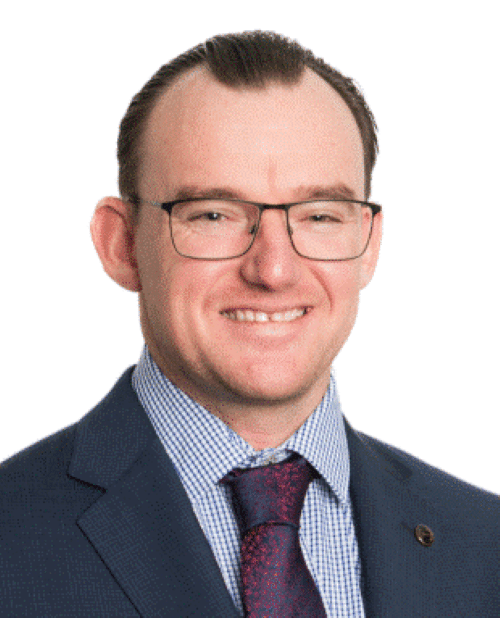Our Approach
Scoliosis and Hyperkyphosis Treatment in Brisbane
Committed to an evidence-based approach to addressing scoliosis and hyperkyphosis, the team at the Brisbane ScoliCare clinic is well-prepared to assist you or your child in embarking on the treatment journey.
The process begins with a thorough scoliosis assessment conducted by one of our clinicians. This includes a detailed review of X-rays and medical history, along with a discussion about any concerns and treatment goals.
Our approach to scoliosis treatment in Brisbane is centred around the individual patient and is personalised to meet specific needs.
Following the assessment, a tailored treatment plan will be developed. The recommended treatment options will be based on various factors, including age, curvature size and current symptoms. They may include recommendations for bracing, specific exercise rehabilitation (ScoliBalance®) or surgery if deemed beneficial for the patient.
Our strong commitment to patient-centred care ensures that the individual’s goals remain at the forefront of the treatment process, aiming to enhance the quality of life and achieve the best possible outcomes for each patient.
Following the assessment, a tailored treatment plan will be developed. The recommended treatment options will be based on various factors, including age, the curvature size, current symptoms, and may include recommendations for bracing, specific exercise rehabilitation (ScoliBalance®), or surgery, if deemed beneficial for the patient.
Our strong commitment to patient-centered care ensures that the individual’s goals remain at the forefront of the treatment process, aiming to enhance quality of life and achieve the best possible outcomes for each patient.










